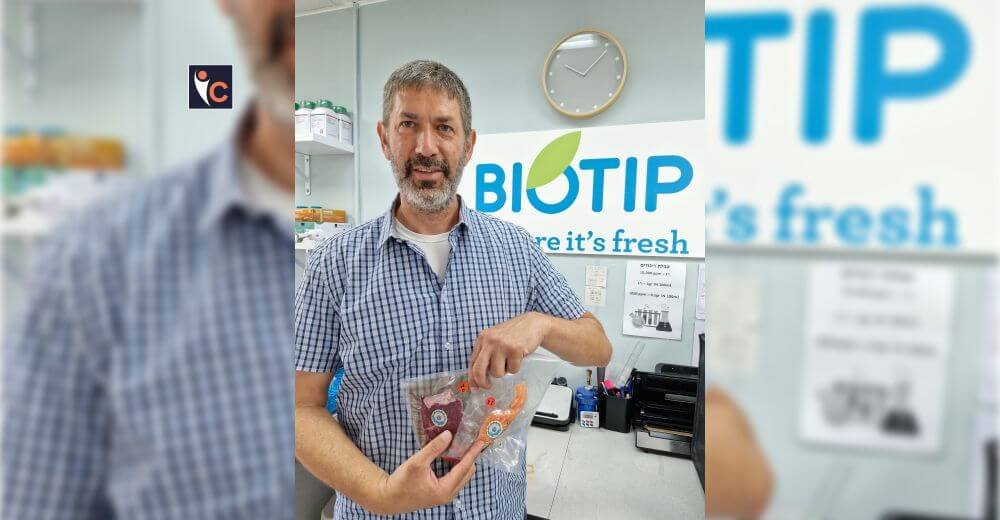Dave Miller, the Chief Scientific Officer (CSO) at AustinPx, is a leading figure in pharmaceutical science. His career path reflects his dedication, innovation, and commitment to excellence. From his early days as a chemical engineering student at the University of Texas to his key role at AustinPx, Miller’s journey is a story of scientific curiosity, significant discoveries, and leadership in drug formulation and manufacturing.
Miller’s career began in the labs of Professors Jim McGinity and Bill Williams at the University of Texas’ College of Pharmacy. Their mentorship provided not just guidance but a profound influence on Miller’s career path. After a short period as a process engineer in the chemical industry, Miller discovered his true passion: creating new medications to enhance the lives of patients. This realization led him back to academia, where he joined McGinity and Williams’ research teams as a graduate research assistant, focusing on the thriving challenge of drug insolubility in the pharmaceutical industry.
This marked the beginning of a significant chapter in Miller’s career. During his graduate studies, he collaborated with Chris Brough, an engineer whose pioneering work in plastics recycling laid the foundation for what would become the KinetiSol technology. This revolutionary process, designed to enhance the bioavailability of insoluble molecules, has since transformed the domain of drug delivery and formulation.
Let’s explore the detailed journey in the narrative below!
The Birth of KinetiSol
Miller and Brough recognized the potential of Brough’s plastics recycling technology for drug delivery, leading to a partnership that revolutionized the pharmaceutical field. The KinetiSol process complexes insoluble compounds with water-soluble carriers at the molecular level without using toxic organic solvents or excessive heat. This innovation allowed the creation of complex drug delivery systems necessary for efficient delivery of insoluble molecules, making previously undevelopable drugs viable.
Reflecting on this innovation, Miller states, “KinetiSol has enabled us to unlock the therapeutic potential of compounds that were once considered impossible to develop due to solubility limitations. It’s a game-changer for industry and for patients worldwide.”
From Academia to Industry
After completing his PhD, Miller joined Hoffmann-La Roche as a Principal Scientist. This role provided him with invaluable insights into the drug development process within one of the world’s leading pharmaceutical companies. At Roche, Miller focused on the delivery of insoluble molecules across various therapeutic areas, from oncology to metabolic diseases. His involvement in every stage of drug development, from early discovery to post-approval changes, enriched his understanding of the intricacies involved in bringing new therapies to market.
Miller’s time at Roche coincided with ongoing research and promotion of the KinetiSol technology by his PhD professors and Brough. Their efforts caught the attention of several large pharmaceutical companies, leading to successful feasibility studies. However, the lack of GMP manufacturing capability at the University of Texas posed a significant barrier to advancing these studies to clinical trials.
Leadership at DisperSol Technologies
In 2011, Miller seized the opportunity to accelerate the commercialization of KinetiSol by joining DisperSol Technologies as the VP of R&D. By 2012, the company was operational in its R&D and GMP manufacturing facility north of Austin, collaborating with several large pharmaceutical companies. Initially, DisperSol focused on applying KinetiSol to large pharma’s developing molecules, but the typical causes of NCE attrition suppressed overall success. This led to a strategic pivot in 2014, focusing on the reformulation of existing drug products to improve clinical outcomes via a 505(b)(2) pathway.
This pivot proved successful, with six clinical assets at peak, two of which advanced to Phase 3 ready stages. It was during this time that Miller was appointed as the company’s Chief Scientific Officer. “Our pivot to reformulating existing drugs allowed us to leverage KinetiSol’s capabilities to create better therapeutic outcomes, demonstrating the technology’s versatility and impact,” Miller reflects.
Balancing Science and Strategy
Miller’s typical day is dynamic and multifaceted, encompassing a range of responsibilities from interfacing with prospective clients to collaborating with internal teams on development challenges. One of his primary roles is to understand the unique challenges of each client and tailor scientifically robust solutions to meet their needs. This involves deep engagement with clients and internal teams to ensure the highest level of scientific quality in fulfilling project objectives.
“One of the key challenges in my role is balancing scientific accuracy with commercial objectives,” Miller explains. “This requires a strategic combination of advanced technologies, streamlined workflows, and a highly trained team to maintain the highest standards of scientific rigor while meeting the competitive demands of the industry.”
A Culture of Creativity
The company’s approach involves hiring talented individuals, providing them with the freedom to explore, and creating a framework where good ideas can be investigated and converted into real opportunities. Miller emphasizes the importance of imparting a lofty vision and allowing team members the freedom to manifest it.
A particularly successful project under Miller’s leadership involved finding a tool to control the KinetiSol process based on the direct detection of drug crystallinity. After years of dedicated effort, a new spectroscopic tool emerged, significantly improving the efficiency of the KinetiSol process and expanding the company’s understanding of the technology. “This breakthrough allowed us to find formulation solutions faster and with less API, enhancing our efficiency and opening new avenues for process advancement,” Miller notes.
Embracing Technological Advancements
The pharmaceutical industry is experiencing transformative advancements, and Miller is particularly excited about the integration of AI and in-silico tools in drug discovery. These technologies democratize the drug development process, making it more accessible and efficient. AI algorithms can analyze vast datasets to identify potential drug candidates, predict their behavior, and optimize their properties, leading to better molecules entering development and accelerating the journey from concept to clinical trials.
Sustainability in Pharmaceutical Development
Another major focus for Miller is sustainability in pharmaceutical development. The industry heavily relies on organic solvents for compound synthesis and manufacturing, resulting in significant environmental impact. Miller advocates for innovations in green chemistry and solvent-free processing technologies to reduce the environmental footprint of drug development.
“Sustainability is not just a buzzword; it’s a necessity for the future of our industry,” Miller emphasizes. “Innovations that lower energy consumption and minimize waste are crucial for ensuring that we continue to innovate without compromising the health of our planet.”
Guiding the Next Generation of Scientists
Miller is passionate about mentoring young scientists and guiding them toward leadership roles in the pharmaceutical sector. He emphasizes the importance of continuous self-improvement, maintaining technical proficiency, and developing emotional intelligence. “Emotional intelligence is more important to career success than any other competency metric,” Miller advises. He also highlights the importance of clear communication, lifelong learning, and maintaining a healthy work-life balance.
“Leadership is a discipline supported by extensive research and data. Treat the study of leadership with the same rigor and dedication as you did with science,” Miller advises young scientists. “Balancing work demands with personal commitments is crucial for long-term success and well-being.”
The Path Ahead
Looking ahead, Miller foresees significant challenges and opportunities in the pharmaceutical industry. The increasing problem of insolubility in small molecule space and the rise of heterobifunctional molecules present substantial opportunities for advanced drug delivery technologies. Additionally, the move toward sustainability will drive innovation in green chemistry and solvent-free processing technologies, balancing the need for continuous innovation with environmental responsibility.
“Addressing these challenges will require collaboration across the industry, but they also present opportunities to develop groundbreaking technologies that can revolutionize drug delivery and manufacturing processes,” Miller concludes. “Embracing these opportunities will enhance the efficiency and effectiveness of pharmaceutical development while contributing to a more sustainable future for the industry.”
Read More: Click Here










